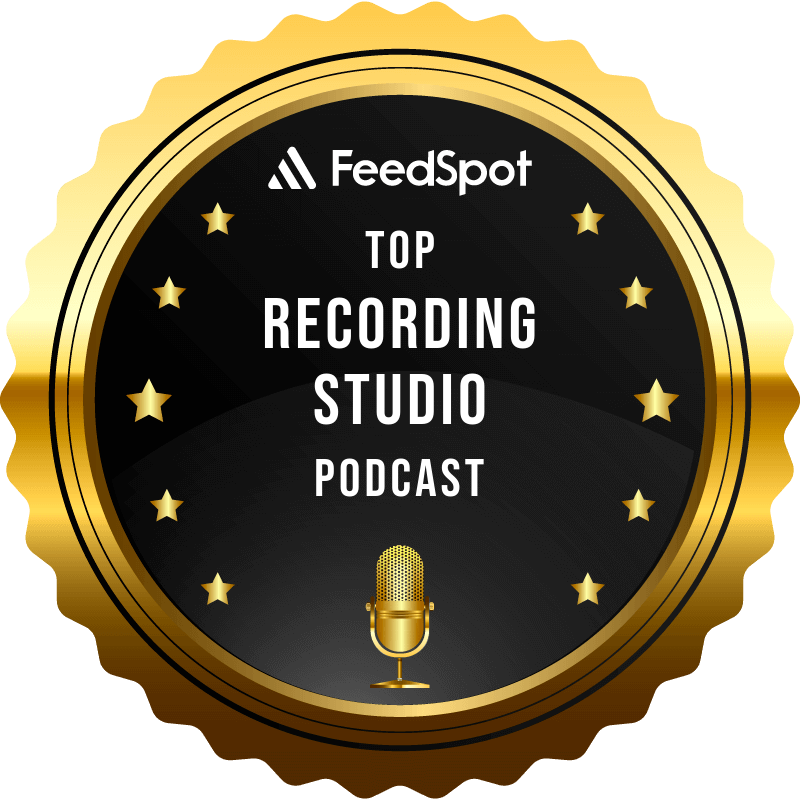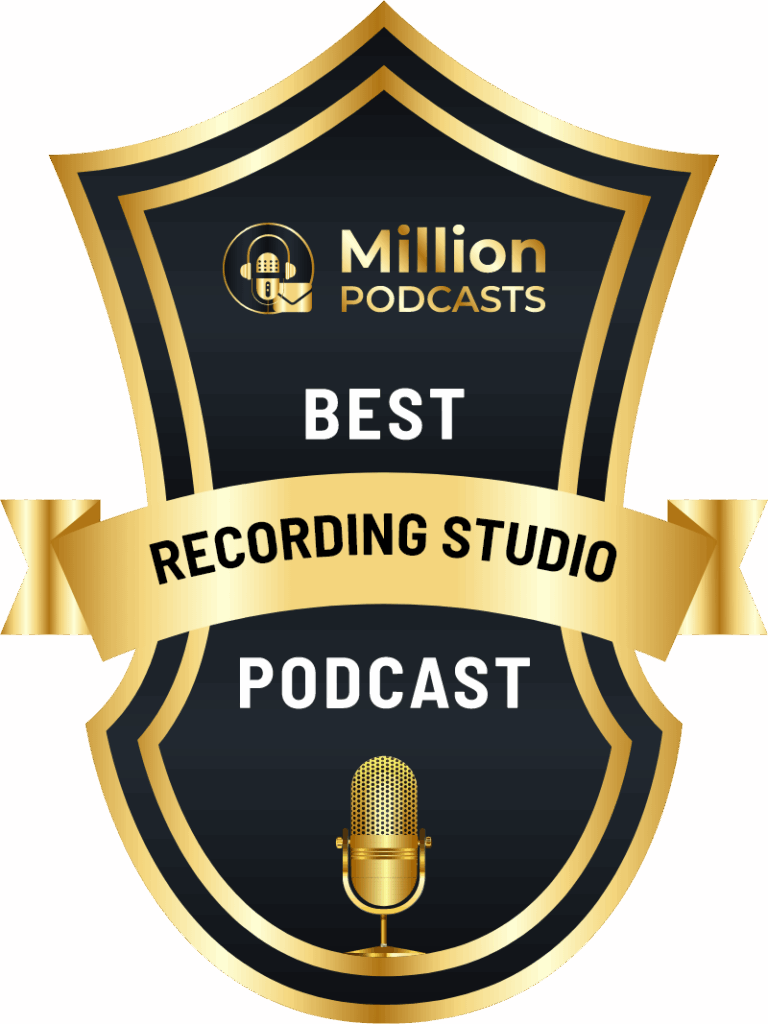EQing Electric Bass Tracks
The electric bass may not always steal the spotlight, but it’s the glue that holds the entire mix together. Get it right, and your track feels powerful, steady, and alive. Get it wrong, and suddenly the song feels hollow, muddy, or out of balance. In this episode of Inside the Recording Studio, Chris and Jody explore the world of EQ for electric bass, breaking down the frequency spectrum and showing you how to shape your bass so it sits perfectly in the mix.
They start in the sub frequencies, where rumble lives. Do you want that deep foundation that rattles the room, or is it overwhelming the kick drum? Then they move into the fundamental low end—the meat of the bass tone. Too much here and things get boomy; too little and the track loses its weight.
From there, the guys tackle the low mids, often the “mud zone” where clarity disappears. You’ll learn how subtle cuts can clean up a mix without robbing the bass of warmth. The conversation then shifts to the upper mids, where definition and attack live—the frequencies that help your bass line be heard on smaller speakers. Finally, they touch on the surprisingly important role of air and high-end content, and why even bass tracks can benefit from a touch of sparkle.
Along the way, Chris and Jody don’t just talk numbers—they share their own workflow preferences, the reasons why you might cut in one track and boost in another, and how recording setup tips can make EQ decisions easier from the start.
And, of course, it wouldn’t be Inside the Recording Studio without some friendly banter, a dash of nonsense, and this week’s Friday Finds—spotlighting new tools and creative sparks for your studio sessions.
Whether you’re producing in a world-class room or experimenting with home studio gear, this episode gives you practical insights to make your bass sound full, tight, and mix-ready.
******************************
Gear we used:
Jody’s Mic & Voice Chain: Telefunken C12 – Groove Tubes Vipre – Apollo – UA Neve 1073 – UA LA2A – UA Studer A800
Jody’s Channel Strip: iZotope RX Spectral DeNoise – iZotope RX Mouth DeClick – UA Neve 1073 – UA LA2A – UA 1176E
Chris’ Mic & Voice Chain: Slate ML1 – Apollo – UA – Slate VMR (FG12, FG73, API Eq, SSL 4kE) – iZotope RX Voice – DeNoise
Chris’ Channel Strip: Eventide Precision Time Align – iZotope RX Spectral DeNoise – iZotope RX Mouth DeClick – UA Neve 1073 – UA LA2A – UA 1176E
Master: Oek Sound Soothe 2 – iZotope Ozone Imager – iZotope Ozone Maximize.
******************************
If you want to collaborate, sponsor a podcast, donate, or want us to review your product – contact us at: collaborate@insidetherecordingstudio.com

